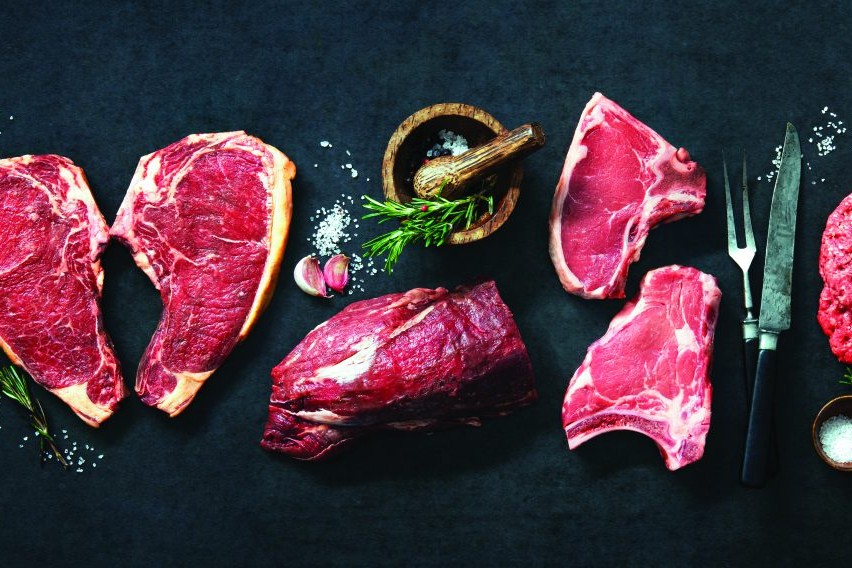In England, Robert Hodgkins notes arable farmers want sheep as a tool to support the arable – not as a profit centre in itself. As such want they want very different things than a traditional sheep farmer.
Iam having a very interesting time trying to explore what arable farmers want from a sheep flock and am finding it’s almost the complete opposite of what sheep farmers are looking for.
The model we are selling is a 1500-acre arable farm that wants its own sheep flock for soil fertility and blackgrass control. Having looked at the economics we believe that farm would need to run about 1000 ewes. That would mean taking out about 300 acres into a rotational mix like SW7 (£311/ha and fencing, water infrastructure paid for) so would average about 3.3 ewes per acre which for lambing outside is about ideal.
The return on 1000 ewes averaging 1.5 lambs sold at pessimistic lamb prices (looking increasing likely) is the minimum number of sheep you need to also hire a shepherd (not a great one but an okay one), who would be split 80/20 between the sheep side and the arable.
Now the important bit – in an arable situation the sheep are a tool! For soil fertility and weed control, the sheep will be run for the arable benefit and used as a substitute for chemical inputs.
A huge part of fertility is environmental. Arable farmers can control this by providing extremely high levels of quality feed during the magic 20 (10 days pre tupping , 10 days post tupping).
Lambing will almost certainly be pushed back to mid/end of April to avoid spring cultivations (again significant blackgrass pressure means a larger number of acres are now being spring cropped – and overwinter stubbles to graze sheep on) meaning most ewes will be tupped on stubble turnips or clover/oats mixes.
That will likely mean a huge number of triplets unless fertility is actively discouraged via genetics. We tupped a group of very poor BCS ewes (hat stands!) on turnips the year before last and they scanned 185%. Last year we tupped one very good group on stubble turnips they scanned 190%. Our ewe lambs scanned 120% this year on turnips and dad remarked it was “too good” and going to create problems.
Arable farmers need sheep with negative NLB as they will tup in ideal forage circumstances.
SW7 is supposed to be a native mix (read pretty poor feed). I would also argue that it is most likely eastern arable farmers would be taking up this system, northern and western farmers would more likely have sheep neighbours and would simply rent the ground.
Low rainfall in the eastern area compiled with the (very) average quality of feed means the farm will need to carry all the stock over the summer on a limited supply so – interestingly they would want the complete opposite of a sheep farmer – a low weight lamb that won’t consume a lot of grass and will still be on the farm later on in the season as a fertility builder (remember sheep are a tool – not a profit maker). Also arable farmers will not be weighing lambs during harvest or autumn cultivations.
Slow-growing lambs will maximise fertility and weed control and reduce mid-summer grazing pressure – arable farmers want poor eight weeks weight and weaning weight.
Two points to this – first is to avoid clashing with spring cultivations and T0/T1 spray applications, lambing and to help with above point lambing will almost certainly be later. I would expect most of their lambing to occur late April early May, and in terms of limited skills of shepherd and the “hassle factor” I would suggest they definitely do not want fertile ewe lambs. So again later maturing is good.
Ewes that lamb later in the season and are not bred from ewe lambs will ensure main arable operations are not compromised – arable farmers want sheep that are not bred from ewe lambs.
Because ewes will be tupped and overwinter on cover crops meaning condition-wise ewes could be prone to being cast or big singles – low fat levels will help migrate this risk. Also again – lambs are a fertility tool they want to be onfarm as long as possible. We have shown Romneys have the ability to average 21kg carcase weight still retaining a lean carcase. A terminal hybrid ram will provide high levels of fat to the mix so replacement ewes must carry negative fat levels.
To avoid going over-fat on late season high-quality feed arable farmers want negative fat eBV levels.




